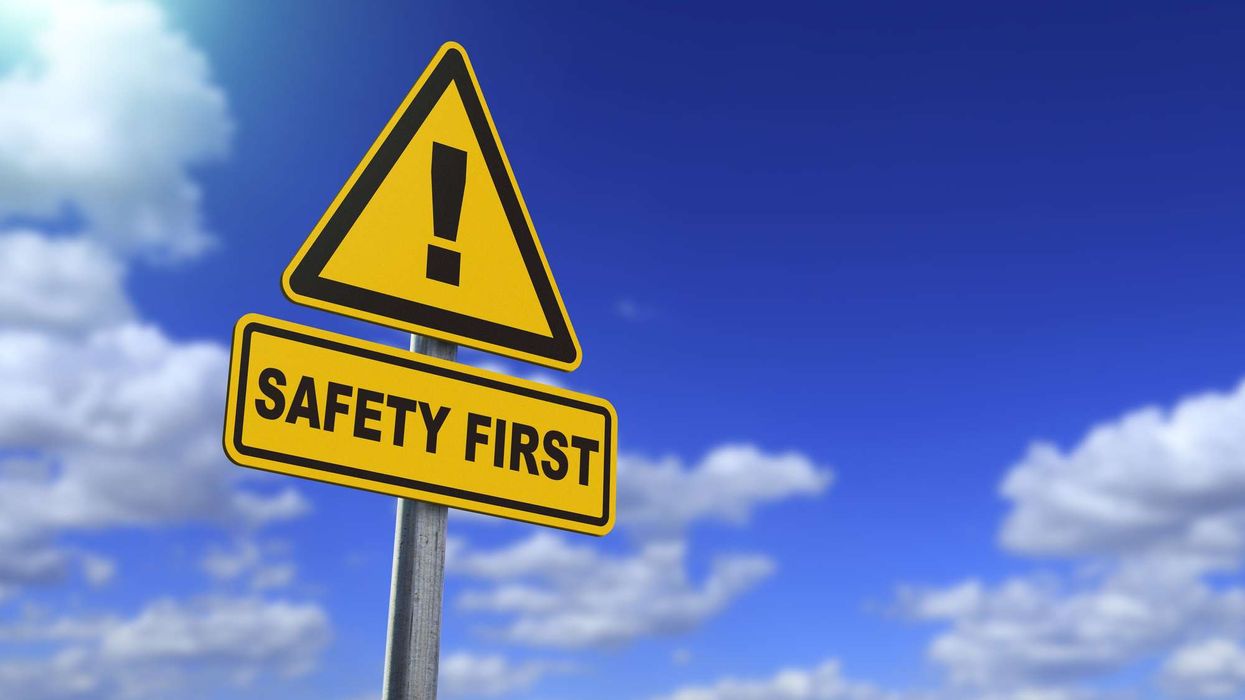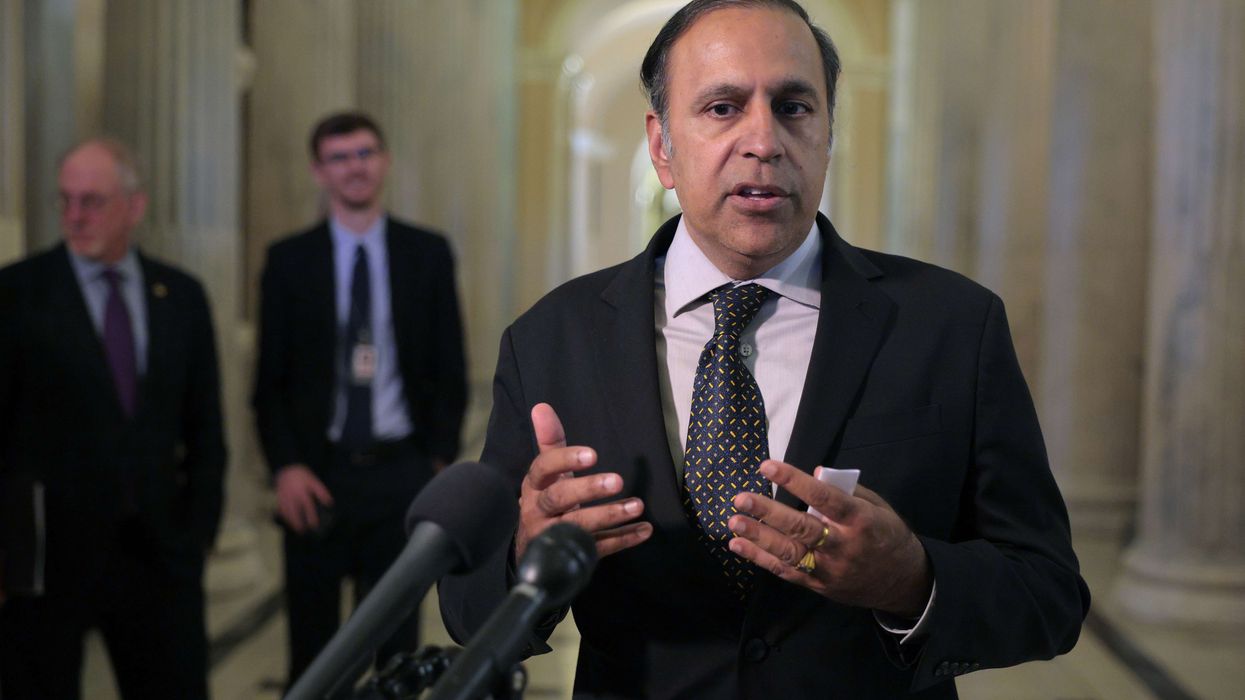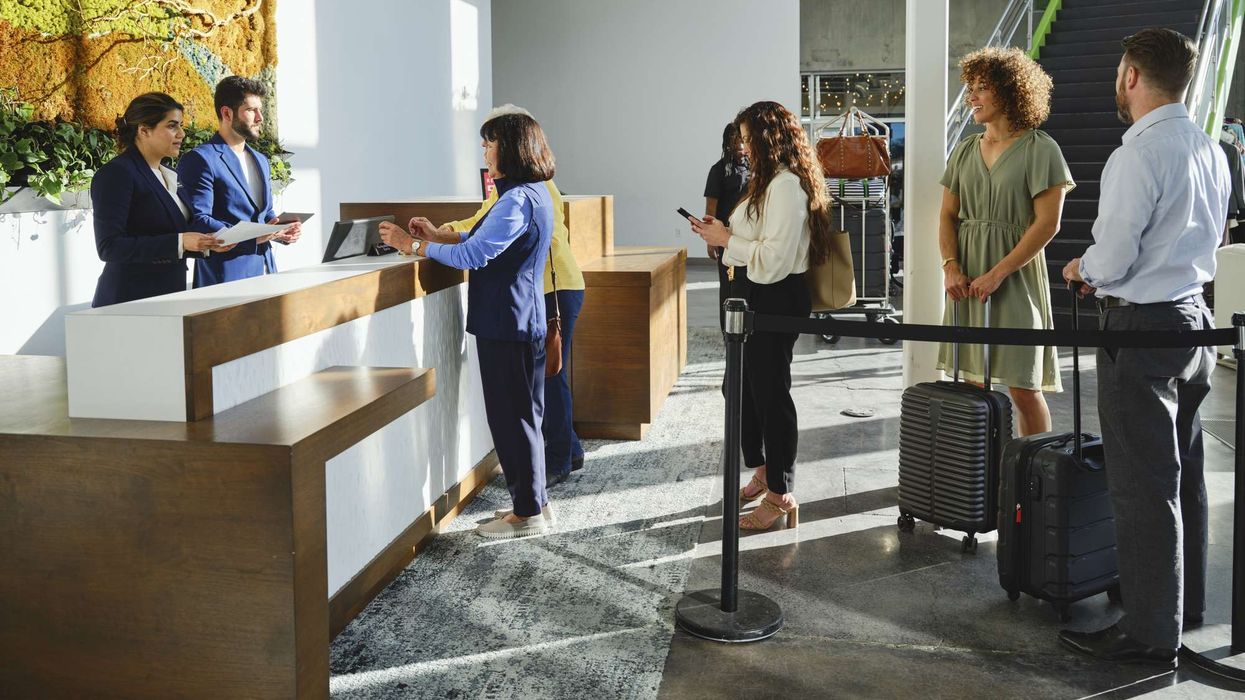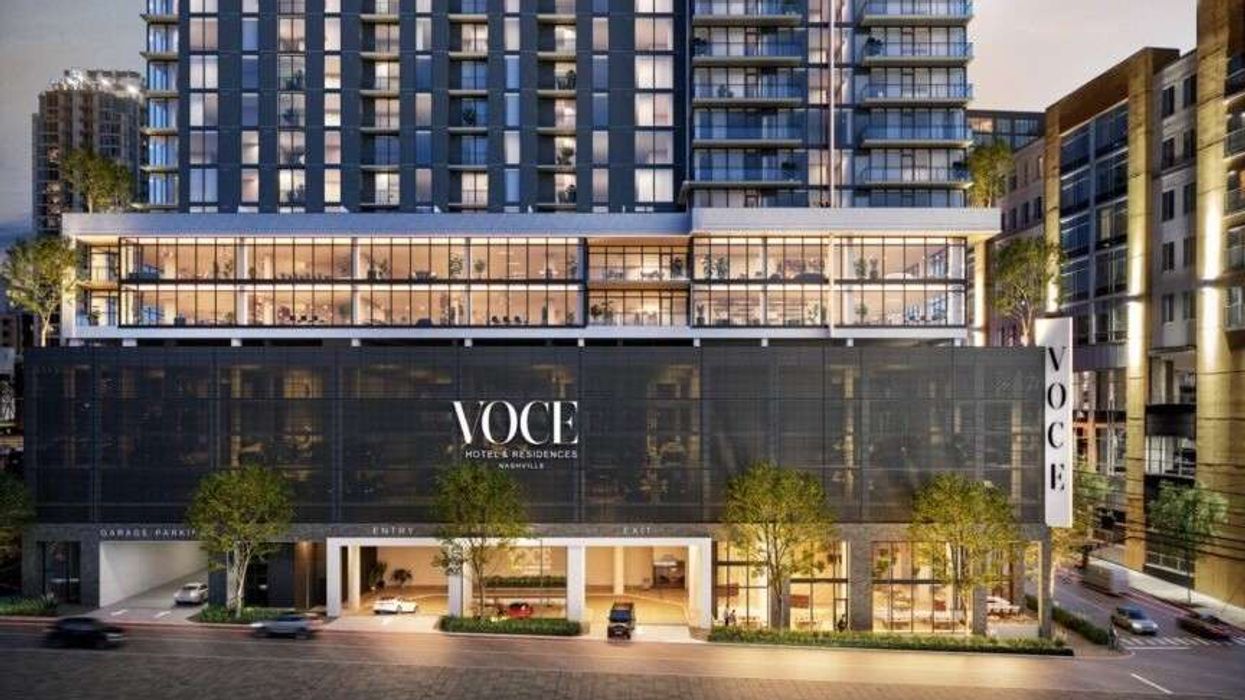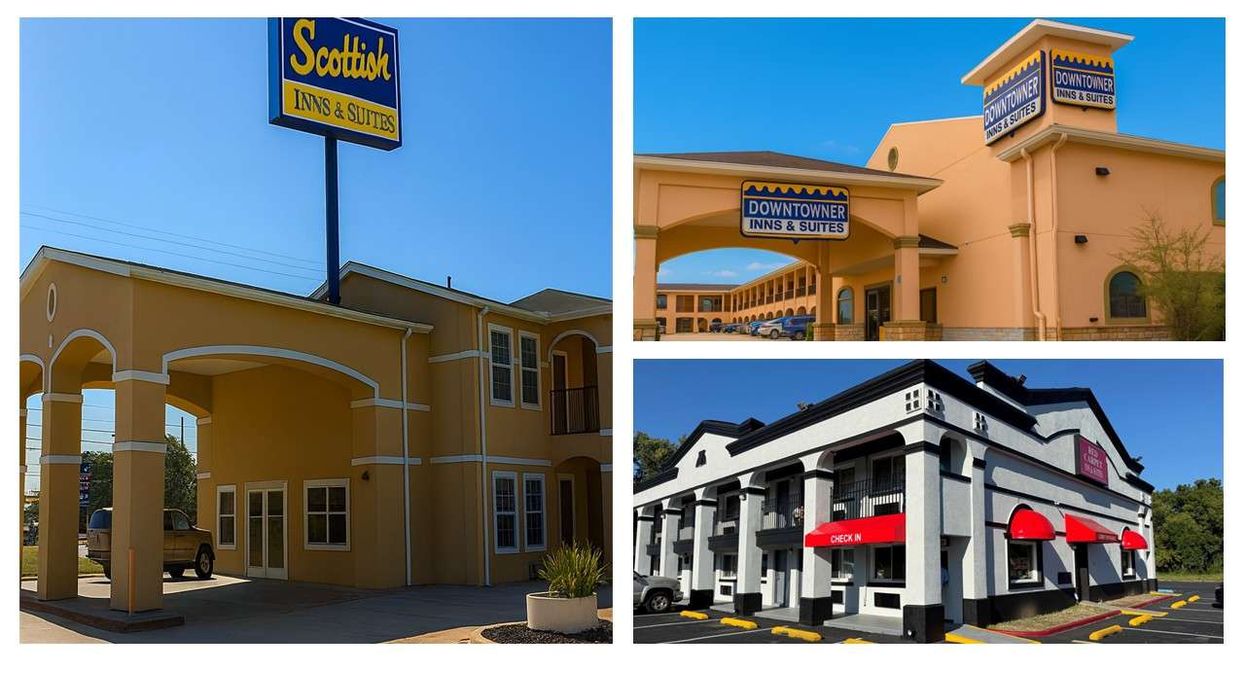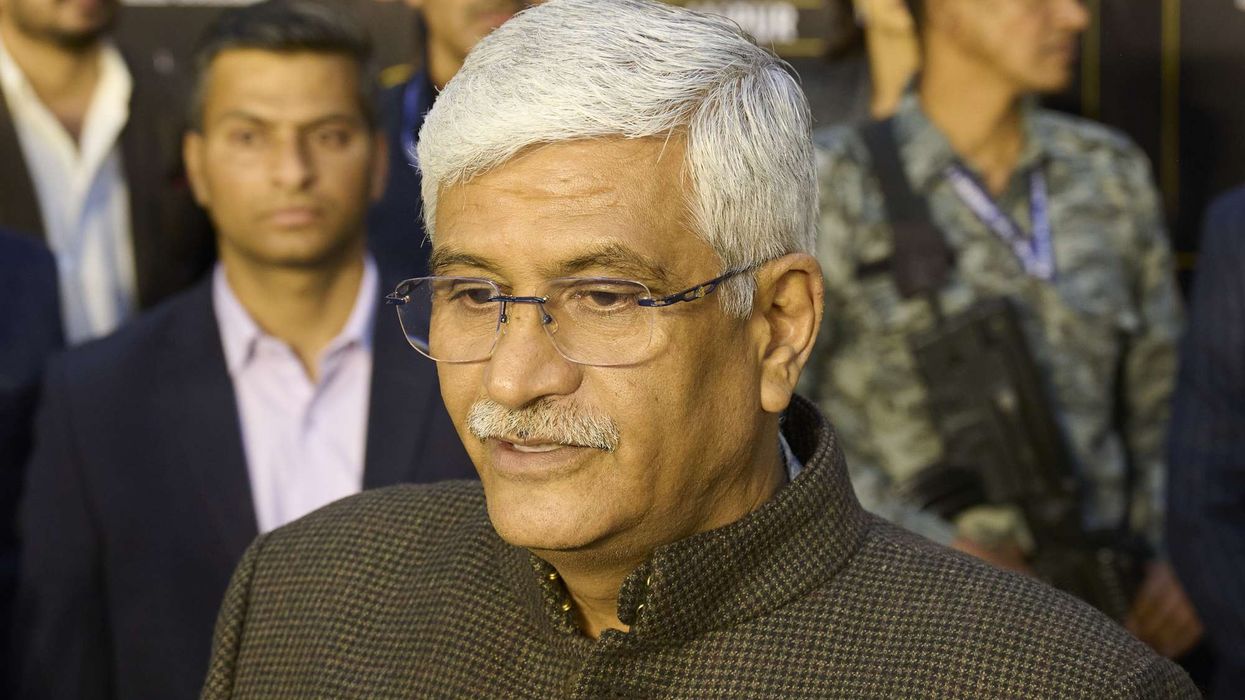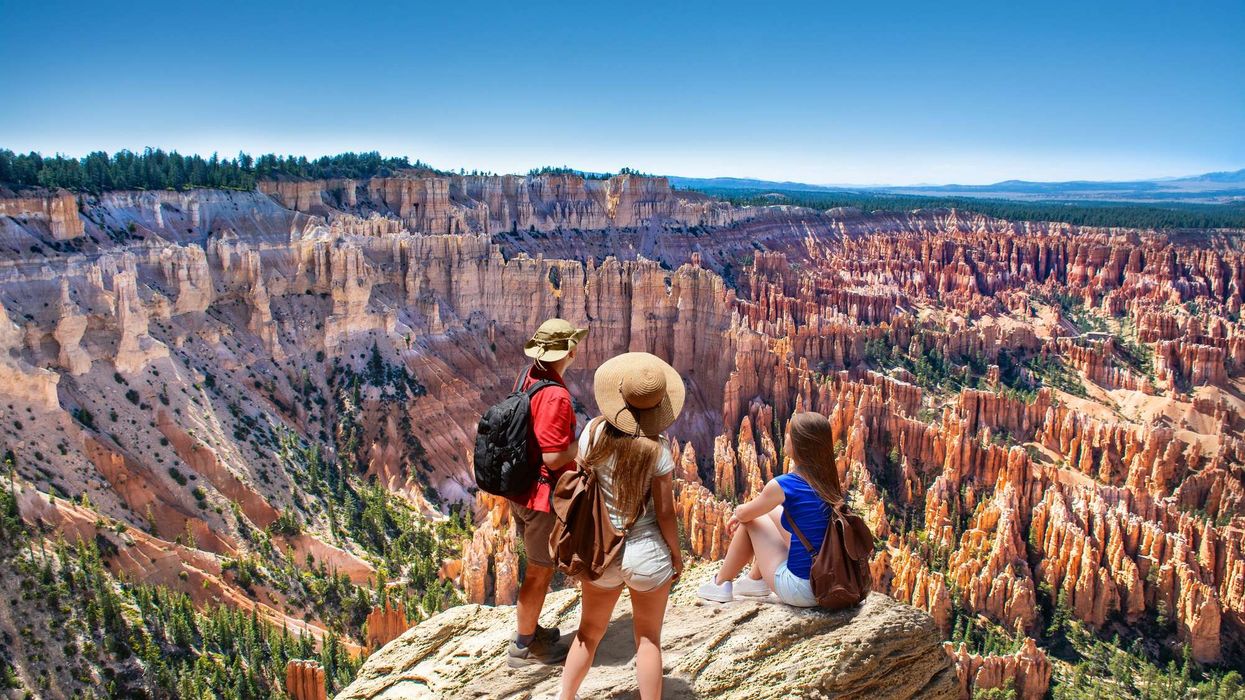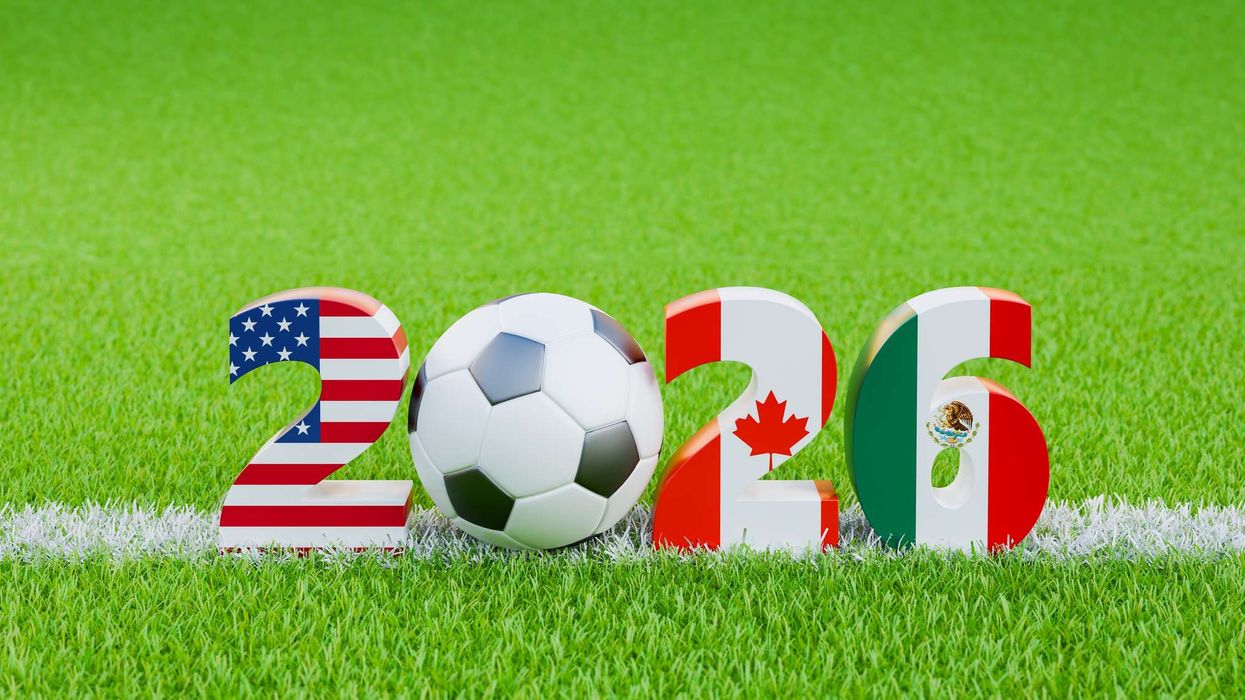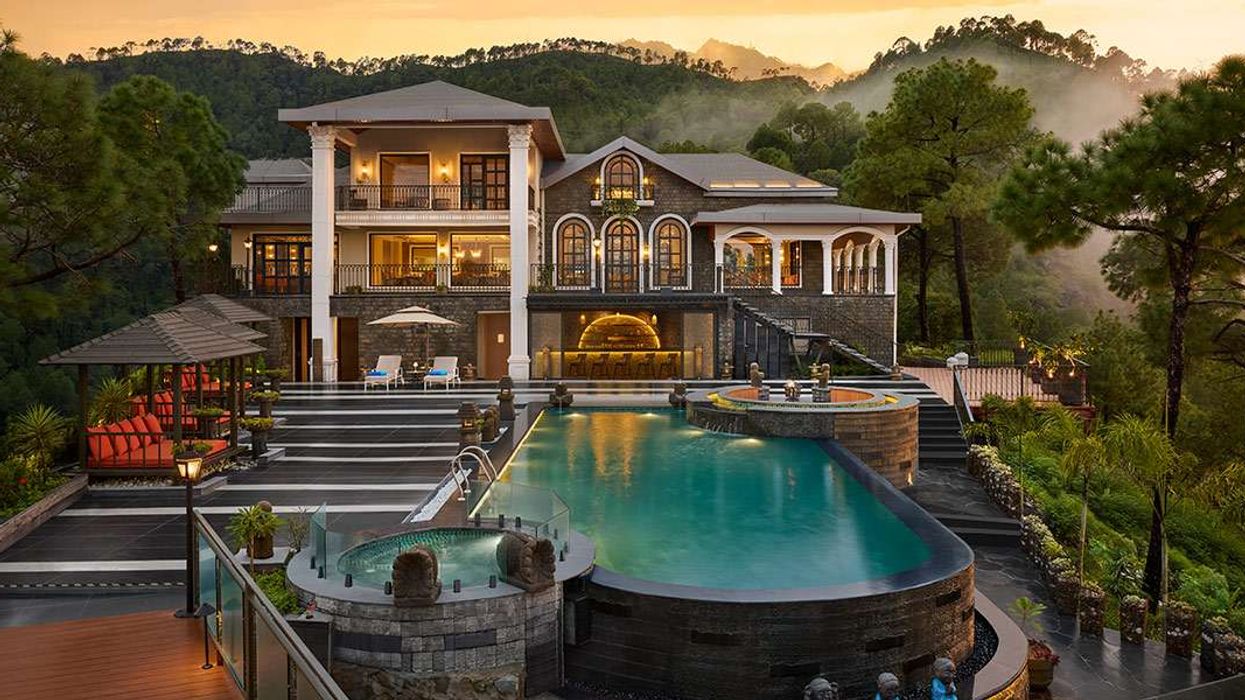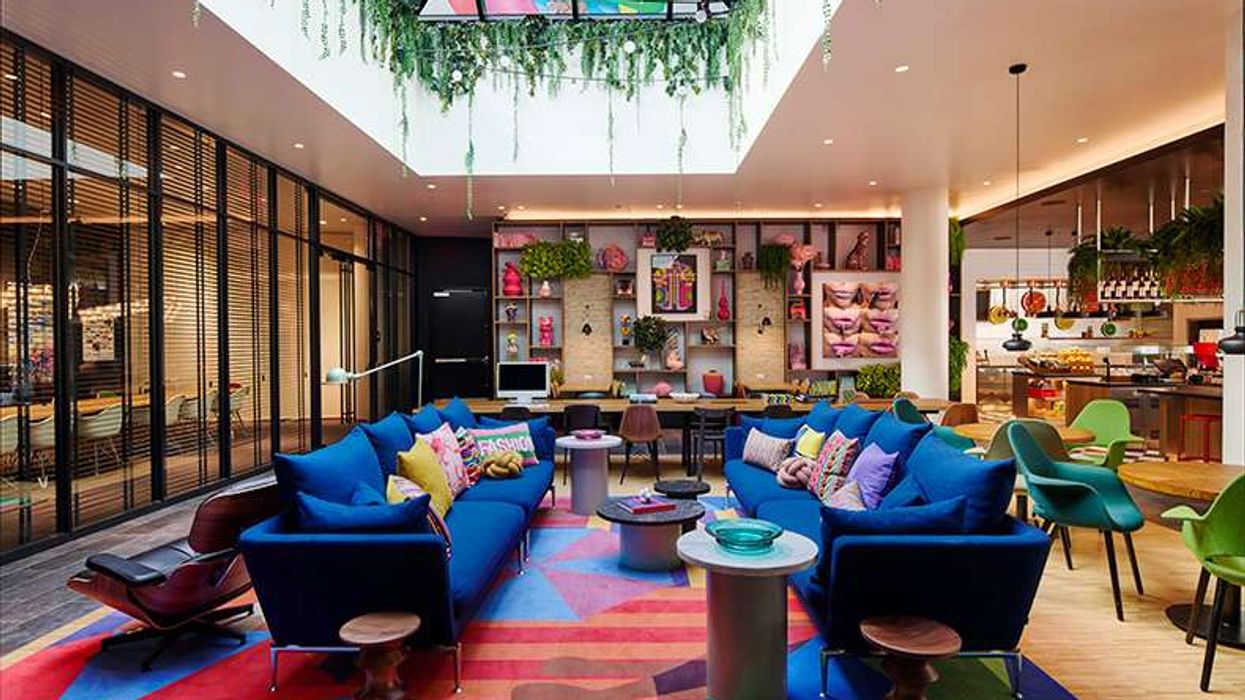REVPAR DECLINES IN the 80 percent range will be commonplace for the U.S. hospitality industry for the foreseeable future, according to STR’s recent webinar. At the same time, there are signs that the market may have reached bottom and the recovery under way in the Chinese market shows a light at the end of the tunnel.
In STR’s April 9 webinar, based on its results for the week ending April 4, was conducted by Jan Frietag, senior vice president of lodging insights for STR. During the week of April 4, occupancy dropped 68.5 percent to 21.6 percent, ADR went down 41.5 percent to $76.51 and RevPAR declined 81.6 percent to $16.50.
“RevPAR declines in the 80 percent range are now the new normal,” Frietag said.
Frietag went on to discuss unemployment rates caused by the downturn, with 16.8 million unemployment applications submitted in three weeks compared to 8.6 million claims during the last recession between 2008 and 2009.
“Of course, that will have a huge impact on leisure demand rebounding,” he said. “But I do think, because we’re all cooped up at home for four weeks, eight weeks, 12 weeks or so, when the all clear is given for the specific state, for the specific market, I think even people who don’t have a lot of disposable income will still try to go somewhere.”
Frietag said that 12 percent of U.S. hotel rooms, or 665,000 out of 5.4 million, are closed because of COVID-19.
“Of 645 submarkets, all of them over the past three weeks have shown RevPAR decline and we expect that absolutely to go forward for the foreseeable future,” Frietag said. “Now, we will track this number very, very closely because obviously, eventually a submarket somewhere will show positive RevPAR growth.”
STR will study that first RevPAR growth to see if it indicates a recovery, he said.
Frietag also broke down RevPAR declines by segment between March 7 to April 4 and found a substantial difference on opposite ends of the spectrum. Luxury brands went from a 13.9 percent drop in March to 93.4 percent in April while economy brands went from 8.6 percent to 57.1 percent in the same time period.
Frietag said that indicates the market is now plateauing, apparently across all segments.
“What’s interesting to note is that for midscale and economy, they had further to fall, but they didn’t,” he said. “So, it seems like this plateau is indeed true across the board, and that, I think, bodes well for the lower end of the market.”
That conclusion also is borne out when looking at occupancy, which is highest in economy class at 34.8 percent versus 9.1 percent for luxury hotels.
“At economy class we’re still selling one in three rooms. For midscale class we’re still selling one in four rooms, so there is still demand,” Frietag said.
Some of that demand includes first responders and those who are trying to self-quarantine without exposing their families.
Roughly 8 million rooms were sold the week of April 4, another positive sign, Frietag said during the webinar.
“Given everything that’s going on, we’re still selling a million room nights a day,” he said.
That number could therefore be considered a baseline for the industry, selling 1 million rooms per night even when there is almost no demand.
“We never had this number. We never wanted to have that number, but, unfortunately, here we are, now we do,” Frietag said.
Added to that, he said, was that China is showing signs of recovery.
To finish the webinar, Frietag quoted Marlyou Angelou, “Hope and fear cannot occupy the same space at the same time, invite on to stay.”
“We now know that RevPAR declines were rough and that they’re going to continue to be very, very negative,” he said. “We are at the bottom. That means also that we will recover. The recovery is now the next thing to come. I hope that you can invite hope as the one sentiment that guides you through this in the coming weeks and months.”

